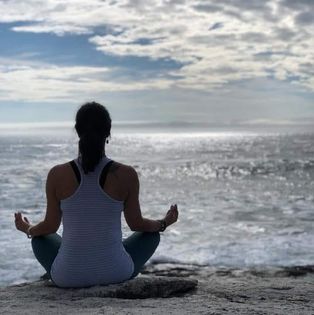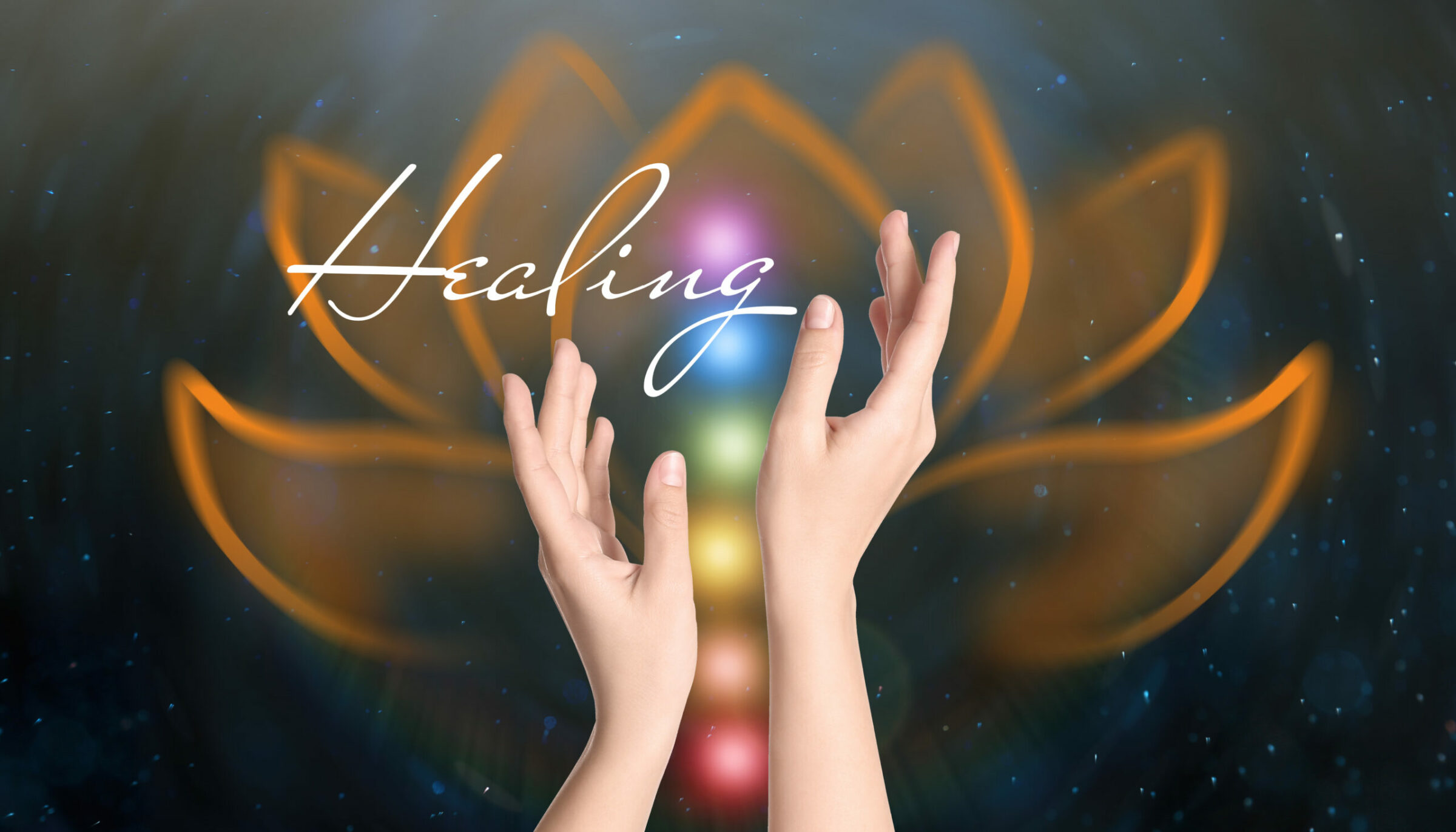Breath of Life Course

Why Breathwork?
Breathing serves as the gateway to opening our hearts, connecting the physical and emotional realms of our existence. It is through the rhythmic rise and fall of our breath that we access a profound source of inner transformation and self-discovery. This simple yet profound act allows us to cultivate a deeper awareness of our emotions and experiences, inviting us to release tension and invite love, compassion, and healing into our lives. By harnessing the power of intentional, mindful breathing, we can unlock the door to our hearts, fostering a greater sense of peace, connection, and well-being within ourselves and with others. Explore the transformative potential of breath, and embark on a journey of self-compassion and personal growth that leads to the heart’s radiant embrace.
What you will learn, practice & the benefits
Breathwork
When you change your breath, you change your life.
It is essential to maintain alignment in both your physical and mental states to keep your energy balanced. A breathwork ritual can help you achieve homeostasis. It will help to strengthen your immune system and provide a pathway to your soul’s true essence and abundant nature.

Pranayama
 Pranayama, the ancient yogic practice of breath control, is an integral component of the holistic system of yoga. In this course, we will delve into the foundational level of Pranayama, Level 1, to understand its significance and how it can benefit individuals seeking physical, mental, and spiritual well-being.
Pranayama, the ancient yogic practice of breath control, is an integral component of the holistic system of yoga. In this course, we will delve into the foundational level of Pranayama, Level 1, to understand its significance and how it can benefit individuals seeking physical, mental, and spiritual well-being.
Pranayama, derived from the Sanskrit words “prana” (life force) and “ayama” (extension), signifies the regulation and expansion of the vital life force through conscious control of the breath. Level 1 Pranayama serves as an introductory stage for beginners, providing a solid foundation before progressing to more advanced techniques.
At its core, Pranayama emphasizes the importance of awareness and control of the breath. In Level 1, individuals learn to observe their natural breathing patterns and make conscious adjustments. This initial step helps in calming the mind and preparing it for deeper spiritual exploration. By focusing on breath, students gain mastery over a fundamental aspect of their existence.
The benefits of Level 1 Pranayama are manifold. Physically, it promotes lung health by increasing lung capacity and improving oxygen intake. Regular practice can help individuals with respiratory issues like asthma and bronchitis, as it encourages deep and rhythmic breathing, reducing the strain on the respiratory system. Moreover, the relaxation response triggered by controlled breathing can lower blood pressure and relieve stress-related symptoms, contributing to overall cardiovascular health.
Mentally, Pranayama at this level aids in developing concentration and mental clarity. By synchronizing breath with awareness, students become better attuned to the present moment. This enhanced mindfulness helps alleviate anxiety and promotes emotional well-being. Through simple techniques like Nadi Shodhana (alternate nostril breathing) or Bhramari (the bee breath), practitioners experience reduced mental chatter, which is especially valuable in today’s fast-paced and stress-laden world.
Spiritually, Pranayama is a pathway to connect with one’s inner self. Level 1 lays the foundation for more advanced practices by teaching individuals to harness prana, or vital energy. As they become proficient at breath control, they are better prepared for the transformative journey that lies ahead in the higher levels of Pranayama. Through regular practice, individuals can awaken a deeper sense of self-awareness and move towards a state of inner peace and tranquility.
Additionally, Pranayama can be a bridge between the physical and spiritual dimensions of yoga. It serves as a bridge between Hatha Yoga, the yoga of the body, and Raja Yoga, the yoga of the mind. Level 1 Pranayama is an essential component of Hatha Yoga, as it helps to purify the body, preparing it for the subtler practices of Raja Yoga, which involve meditation and deep introspection.
In conclusion, Level 1 Pranayama is a crucial starting point for anyone seeking to embark on a journey of holistic well-being through yoga. It offers numerous physical, mental, and spiritual benefits, making it a valuable addition to one’s daily routine. By developing an understanding of breath and its power, individuals can pave the way for deeper explorations into the realms of yoga, ultimately leading to a harmonious and balanced existence.
Meditation
A simple and gentle technique from ancient wisdom to learn and practice for any life-style.
Incorporation of meditation and breathing can help improve a person’s mental well-being.
Meditation has been used as practices for more than 5,000 years.
It is thought that more than 500 million people around the world regularly do yoga and meditate. Group meditation helps a lot of people, as you can see.

Journaling
Journaling can be a powerful tool for emotional healing and self-discovery. When we put our thoughts and feelings onto paper, it allows us to process and make sense of our experiences. It provides a safe space to express our emotions, confront our fears, and reflect on our past. Through this process, we often gain clarity and insight into our inner world. Journaling can help us identify patterns, triggers, and sources of stress or pain, enabling us to work through and heal from past wounds. It can also serve as a record of our progress and growth, reminding us of the resilience of the human spirit. Ultimately, the act of journaling can be a transformative and cathartic experience, promoting emotional healing and a greater sense of well-being.

